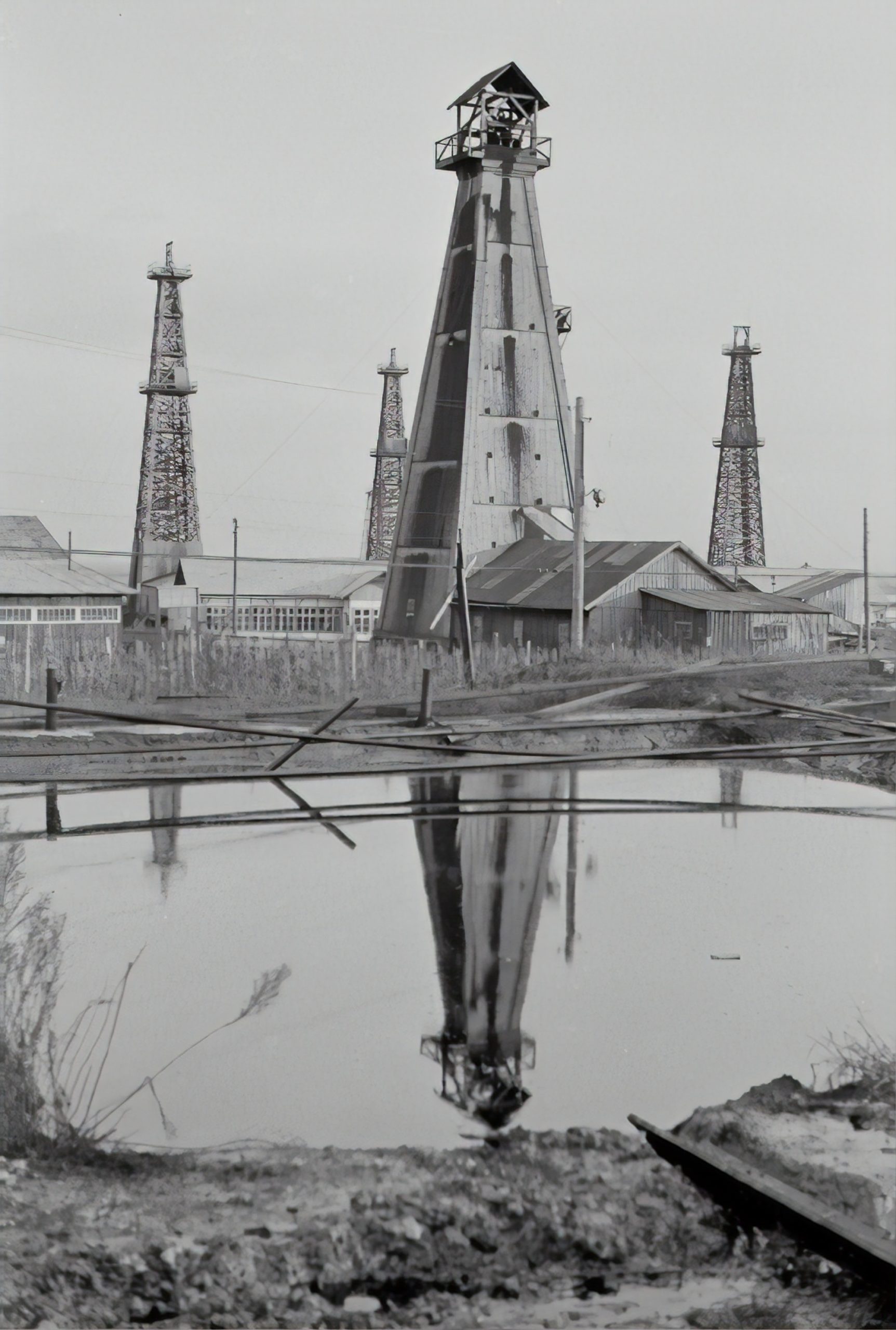
Industrialization in India during the British rule
India was not able to develop a sound industrial base under the colonial rule. The industrial sector needed modernization, diversification, and increased investment. Indian Industries During British Rule was a well-known producer of handicraft and textile business. India was also famous for its industries in silk and cotton textiles.
De-industrialization in India during the British rule
The Britishers followed the policy of systematic de-industrialization. The two-fold motive behind the systematic deindustrialization affected by the British involves;
- To reduce the status of India to a mere exporter of important raw materials for the upcoming modern industries in Britain.
- To turn India into a sprawling market for the finished products of British industries. Indians were selling British products in their domestic market at higher prices.
What was the state of the industrial sector of the Indian economy on the eve of independence?
The state of Indian Industrial sector on the eve of independence was as follows:
- The decay of indigenous handicraft industries: The traditional handicraft industry in India initially was in high demand. But British rule completely discriminated against the practice. The prevalence of discriminatory tariff policy and the competition from machine-made products was very critical for the downfall. Also, the introduction of railways in India was the reason for market expansion. Consequently, the demand for handicrafts began to fall. All of these directly led to the downfall of our prominent industry.
- The slow progress of modern industries: Due to the limited growth of the PSEs and the lopsided industrial structure, the growth of the modern industry was slow (TISCO (Tata Iron and Steel Company) came in 1907).
- Lack of capital goods industries: These are the industries that are used to produce machine tools which are further used for producing articles for current consumption. The growth rate of the new industrial sector and its contribution to the GDP remained very small.
- Limited area of operation of the public sector: This sector remained confined only to railways, power generation, communications, ports, and some other departmental undertakings.
Read more about the state of Indian economy during the British rule.
Photo by Austrian National Library on Unsplash


